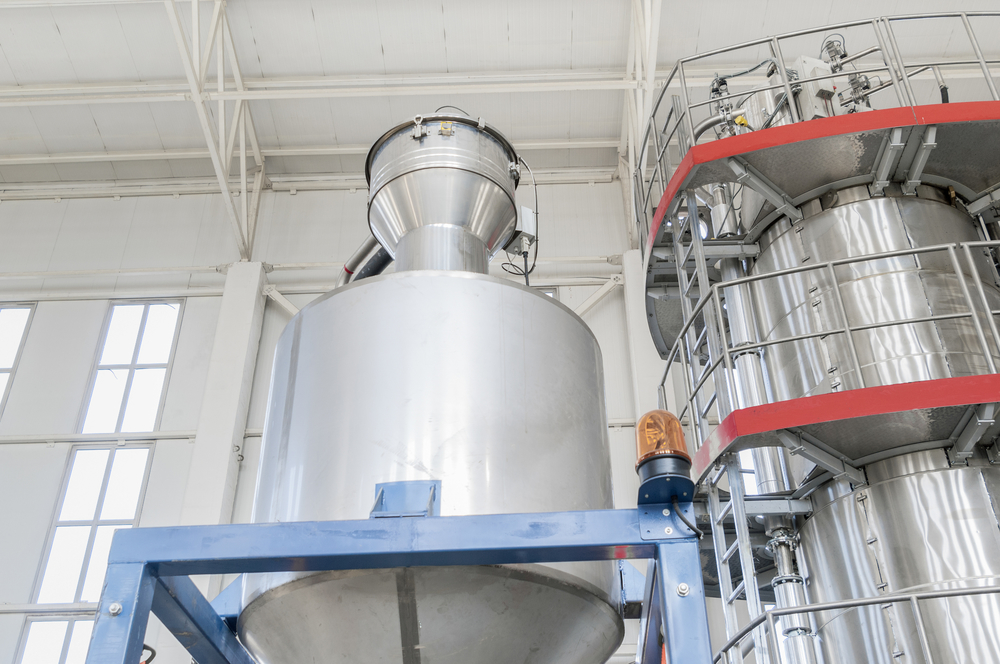Brite tank brewing is a common practice among commercial breweries looking to increase efficiency and production volume. Using a separate brite tank makes it easier for brewmasters to perfect the finished product before packaging. But is brite tank brewing necessary for homebrewers?
Perhaps a better question is whether brite tank brewing is a good deal at home. After all, home brewers are not producing large volumes of beer for commercial sale. Investing in a brite tank setup may not be worth the money.
Obviously, every home brewer must make the decision for themself. But there are definite benefits to brite tank brewing. Here are just a few of them, compliments of Houston-based CedarStoneIndustry:
1. Faster Carbonation
Brite tank brewing involves the use of a carbonation stone. As it turns out, the stone reduces carbonation time significantly. Finishing beer in a brite tank can mean carbonating in as little as 24 hours, depending on the size of the batch. Given how long fermentation takes in the home environment, faster carbonation is an incentive to consider brite tank brewing.
2. Higher Volume
Brite tank brewing allows for greater conditioning volumes by virtue of the fact that you can hold more beer at one time. Moreover, conditioning in the brite tank also makes the tank your final destination before serving. One tank means less floor space. It also means fewer vessels to clean and disinfect. Commercial breweries love this particular aspect of brite tank brewing.
3. Larger Collection Surface
Although brite tanks vary from one model to the next, they generally have larger collection surfaces due to their shape. How does this help? By improving settling. The larger the collection surface, the more settling occurs. The result is greater clarity with less filtering required.
4. Low Velocity Center Draining
Your typical corny tank is drained by way of a dip tube. Unfortunately, dip tubes drain at a fairly high velocity. This leads to an excessive amount of debris flowing out with the beer. Brite tank brewing changes the equation with a center drain.
Again, brite tanks vary by model. But most of them have a center drain system that operates at comparatively low velocity. You get less sediment in your beer. You get a brighter beer with significantly more clarity.
5. No External Refrigeration
Without a brite tank, homebrewers have to rely on some sort of external refrigeration. Kegs are usually avoided because they require an investment in additional equipment. So home brewers drain their beer into smaller receptacles and put it in the refrigerator.
An advantage of brite tank brewing is that tanks can be fitted with refrigeration units. Then there is no need for external refrigeration. You condition and brighten your beer in the same vessel from which you serve it. And it is always cold.
The one downside here is that you still have to figure out an external storage and refrigeration method to handle any beer you have left when it comes time to clean your tank. But time things correctly and you can clean while you’re sipping your last glass of beer.
Not the only way
Brite tank brewing is obviously not the only way to create great beer. It is just one of many options for brewing your own suds at home. If you have the money and floor space, investing in a brite tank might be worth it. Give it some thought. Should you decide to go the brite tank route, CedarStoneIndustry recommends that you do your homework. There are lots of manufacturers offering pretty good products.

